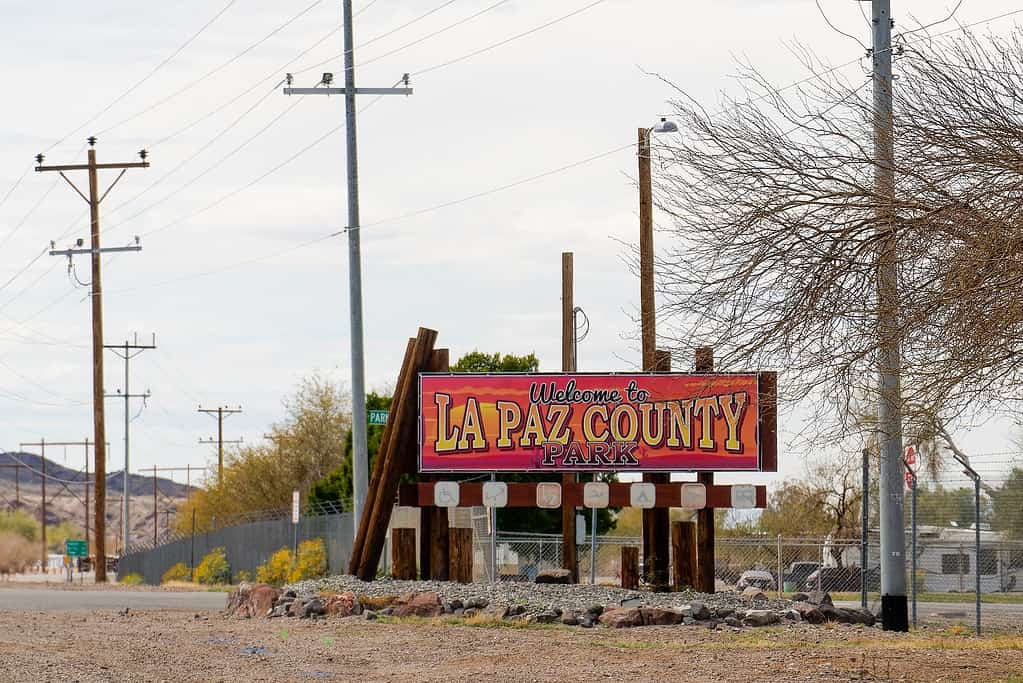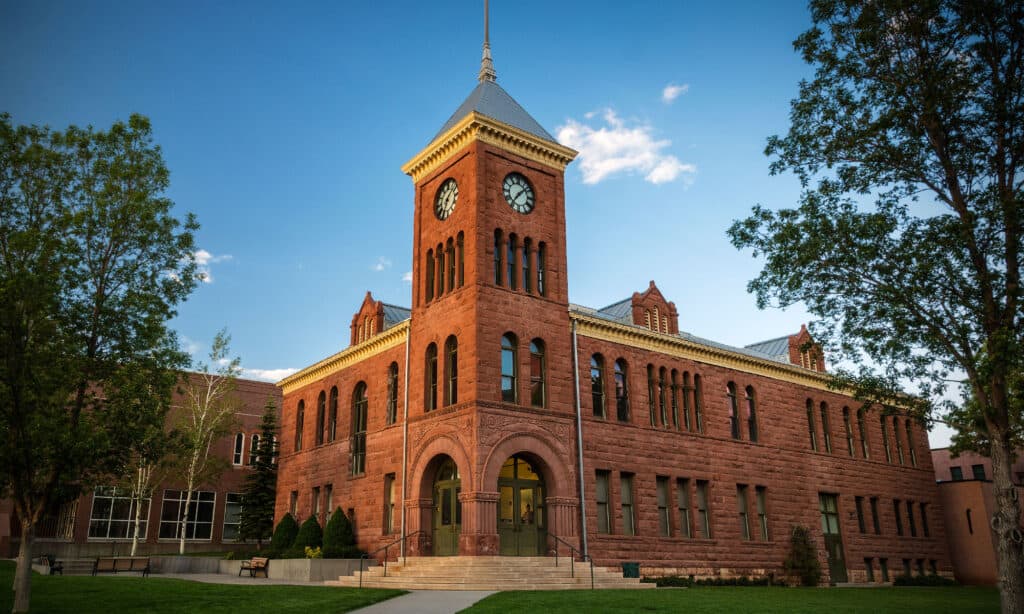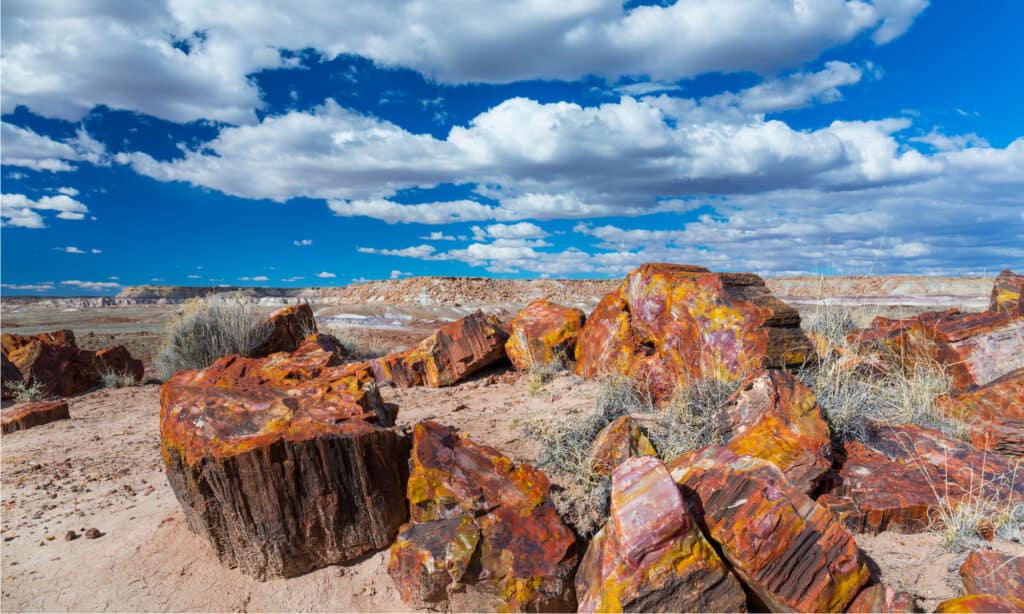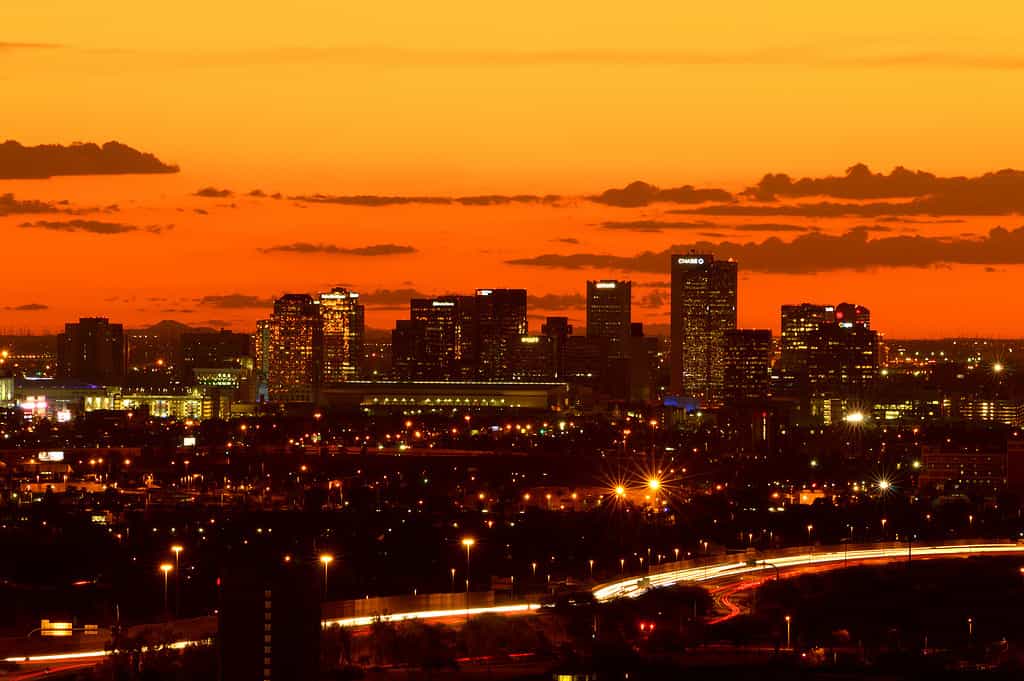Arizona is an unlikely place to find the fifth-largest city in the United States. After all, the state is filled with arid and semi-arid climates that get incredibly hot in the summer and cold in the winter. Yet, the state has attracted many people to the area with its universities, booming economy, access to nature, and warm weather. Not all areas of the state are growing, though.

Discover the fastest-shrinking counties in Arizona and find out just how much of their population they have lost in recent years.
What Are the Four Fastest-Shrinking Counties in Arizona?

Arizona is filled with arid and semi-arid climates that get incredibly hot in the summer and cold in the winter.
©Jacob Boomsma/Shutterstock.com
The four fastest-shrinking counties in Arizona are Apache County, Coconino County, La Paz County and Greenlee County. Each of these areas has experienced a drop in overall population. Using data from the U.S. Census Bureau, we’ll show you the population changes in these counties in direct figures and as a percentage change from 2020 to 2022.
Keep in mind that the 2022 populations are only an estimate provided by the U.S. Census Bureau. They may not reflect the actual changes in population throughout the state during this time.
4. La Paz County

La Paz County saw a slight 0.3% decline in its population in 2022.
©Rosemarie Mosteller/Shutterstock.com
La Paz County is in western Arizona. This area has the areas of Quartzsite and Ehrenberg, and it also carries Interstate 10 across the Colorado River into California. This is not a huge county in terms of size or population. Only 16,555 people lived in this county in 2020, and that number dropped by a small margin to 16,506 people in 2022. As a percentage, this is just a loss of 0.3%.
3. Coconino County

Coconino County is home to cities such as Flagstaff and Sedona.
©Chris Curtis/Shutterstock.com
Coconino County is in the northern central part of the state, and it’s home to cities like Flagstaff and Sedona. Flagstaff is a very warm place in the summer, but it has the snowiest winters of any place in the country.
The population in this county in 2020 was 145,100 people. Estimates from 2022 saw that number drop to 144,060 people, which was up from 142,780 people in 2021.
The difference in population from 2020 to 2022 is about 1,040 individuals. The percent change of -0.72%. While this drop in population is not significant, only four counties in the entire state lost people throughout the last two years.
2. Apache County

Apache County contains the Petrified Forest National Park.
©Juan Carlos Munoz/Shutterstock.com
Apache County is a large county in northeast Arizona. It stretches from the northeast corner of the state all the way to the Apache National Forest. The county has Interstate 40 running through it toward New Mexico, and it also contains the Petrified Forest National Park.
The overall population of this county in 2020 was 66,024 people. However, the population dropped in 2022 to 65,431 residents. That is a change of 593 people and a total loss of 0.9% of people in the county. Again, this is not a very big number, but this is one of the areas losing population the fastest.
1. Greenlee County

Greenlee County contains the southern part of the Apache National Forest.
©renzedyk/Shutterstock.com
Greenlee County is in the southeastern part of the state, and it’s one of the smaller counties in Arizona. The county contains the southern part of the Apache National Forest and sits along the border with New Mexico.
The population in Greenlee County in 2020 was 9,561 people. This number shrank to 9,302 people in 2022, a loss of 259 individuals. That represents a total loss of 2.71% of people in the region. Again, this is not a huge loss of people in sheer numbers, but these counties are not very populated compared to others in the state.
These are the four fastest-shrinking counties in Arizona based on information from the U.S. Census Bureau. However, none of these counties are experiencing very large losses in population. As a result, it may be hard to track the reasons that people are leaving these areas.
One simple cause for a population change could be that people are moving toward more desirable places inside of the state. That concept could hold some weight given that the overall population of Arizona is increasing, especially in Maricopa County in which Phoenix exists.
Arizona’s Population Change Shows Growth Outside of the Fastest-Shrinking Counties

Phoenix is a city experiencing a great deal of growth.
©iStock.com/gillcouto
According to information from the U.S. Census Bureau, the population of Arizona increased between the years 2020 and 2022. During that period, the total population in Arizona has risen from 7,151,507 to 7,359,197.
One of the areas that saw the greatest increase in population was Maricopa County. The population in this region has increased from 4,420,574 in 2020 to 4,551,524 in 2022. That is a difference of 130,950 people and represents a total increase of 2.96%.
The city of Phoenix is in Maricopa County, and that is a driving factor in the increase in the number of people in this region. Phoenix is a city experiencing a great deal of growth as people flock to the area for its numerous offerings. People enjoy the city’s low population density, affordable housing, jobs, entertainment, and the ability to strike out to other nearby cities.
All told, it seems like nothing is set to stifle the growing population in this part of Arizona.
Summary of the Fastest-Shrinking Counties in Arizona
| Rank | County | Percent Change |
|---|---|---|
| 1 | Greenlee | -2.71 % |
| 2 | Apache | -0.9% |
| 3 | Coconino | -.72% |
| 4 | La Paz | -.3% |
Thank you for reading! Have some feedback for us? Contact the AZ Animals editorial team.








